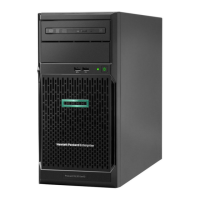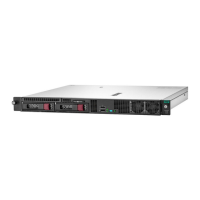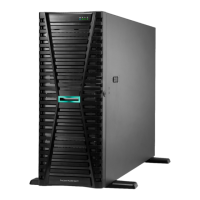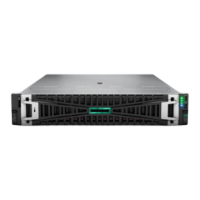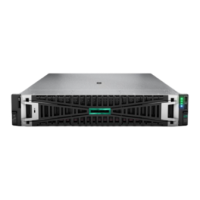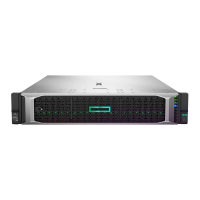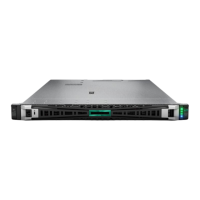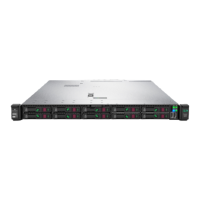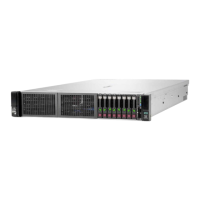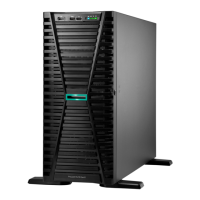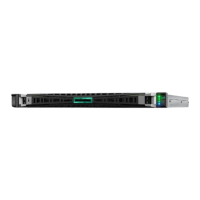Accessing the redundant ROM (server blades)
If the system ROM is corrupted, the system automatically switches to the redundant ROM in most cases.
If the system does not automatically switch to the redundant ROM, perform the following steps:
Procedure
1. Power down the server.
2. Remove the server.
3. Remove the access panel.
4. Change positions 1, 5, and 6 of the system maintenance switch to on.
5. Install the access panel.
6. Install the server in the enclosure and power up the server.
7. After the system beeps, repeat steps 1 through 3.
8. Change positions 1, 5, and 6 of system maintenance switch to off.
9. Repeat steps 5 and 6.
If both the current and backup versions of the ROM are corrupt, return the system board for a service
replacement.
To switch to the backup ROM when the System ROM is not corrupt, use the UEFI System Utilities on
page 143.
PXE boot guidelines for UEFI servers
• When the server is configured for UEFI Boot Mode, PXE servers must be configured with a UEFI boot
image. For x64 EFI machines, the DHCP server also needs to be configured to support x64 EFI DHCP
boot requests. For more information, see the UEFI documentation at http://www.hpe.com/info/UEFI/
docs.
• When booting VMware ESX in UEFI Boot Mode, UEFI Optimized Boot must be enabled.
• When the server boots in UEFI Boot Mode, it does not boot media with a legacy OS installation. This
includes DOS targets and Windows or Linux systems installed in Legacy BIOS Boot Mode. The
reverse is also true for servers that boot in Legacy BIOS Boot Mode.
PXE boot guidelines for UEFI servers 137

